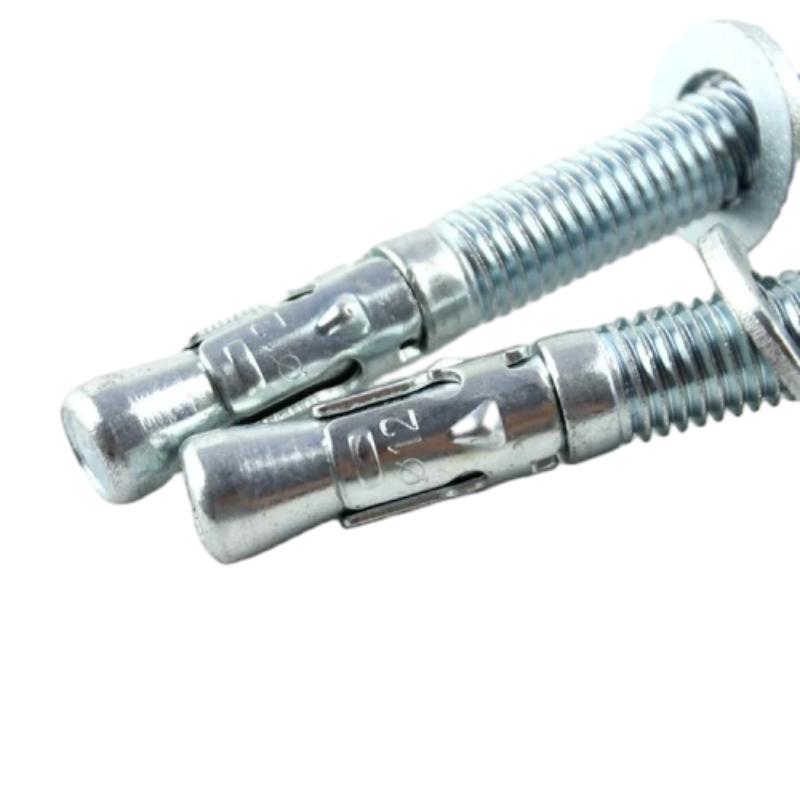Jul . 23, 2024 14:36 Back to list
Exploring the Benefits and Applications of 12mm Studding in Various Construction Projects
Understanding 12mm Studding in Construction and Crafting
When it comes to the world of construction and crafting, the specifications of materials play a crucial role in ensuring structural integrity and aesthetic appeal. One such specification that is commonly referenced is 12mm studding. This article will delve into the importance, applications, and advantages of 12mm studding in various fields, specifically focusing on its usability, versatility, and advantages over other types of materials.
What is 12mm Studding?
12mm studding refers to threaded rods or rods that have a diameter of 12 millimeters. Typically made from materials such as steel, aluminum, or galvanized metal, these rods are designed to be both strong and durable, making them suitable for a variety of applications. The term “studding” usually implies that the rods are used to support structures by providing a strong and stable foundation upon which other materials can be attached.
Applications of 12mm Studding
The versatility of 12mm studding makes it an essential component in numerous industries. In the construction sector, it is widely utilized for framing, supports, and braces. For example, builders often use it to create a robust skeleton for walls or ceilings. When these rods are installed correctly with anchors or other securing mechanisms, they can withstand significant loads, making them ideal for both residential and commercial projects.
In addition to traditional construction, 12mm studding is also used extensively in DIY projects and crafting
. Creative individuals have found innovative ways to incorporate studding into furniture design, creating everything from industrial-style tables to minimalist shelving units. The clean lines and sturdy nature of 12mm studding lend themselves well to various aesthetic movements, especially in contemporary and industrial design.Advantages of 12mm Studding
12mm studding

One of the primary benefits of using 12mm studding is its strength-to-weight ratio. It is significantly stronger than many alternative materials, such as wood or plastic, while still being relatively lightweight. This strength allows for long spans and greater load-bearing capabilities, which can reduce the need for additional supports in certain applications.
Moreover, 12mm studding is highly resistant to corrosion, especially when galvanized or coated with protective finishes. This resistance ensures longevity, making them suitable for both indoor and outdoor applications. Whether used in wet environments or exposed to various elements, 12mm studding remains a reliable choice for builders and crafters alike.
Installation Considerations
When working with 12mm studding, proper installation techniques are imperative to achieve the desired results. Selecting the right length of studding for a specific application is vital; it should extend adequately to provide the necessary support while remaining aesthetically pleasing. Additionally, ensuring that the studding is secured correctly — using nuts, washers, and other fastening methods — will prevent potential issues down the line.
It's also essential to consider local building codes and regulations when using studding in construction projects. Compliance with these rules ensures that projects are safe, stable, and legal.
Conclusion
In summary, 12mm studding is an indispensable material in the construction and crafting industries. Its strength, versatility, and design potential make it an excellent choice for various applications, from sturdy structural framing in buildings to creative furniture designs. As both professionals and amateurs continue to discover innovative uses for this material, 12mm studding will undoubtedly remain a cornerstone in the toolbox of builders and creators alike. Whether you are embarking on a significant construction project or a DIY venture, understanding and utilizing 12mm studding can enhance the quality and aesthetic of your work.


